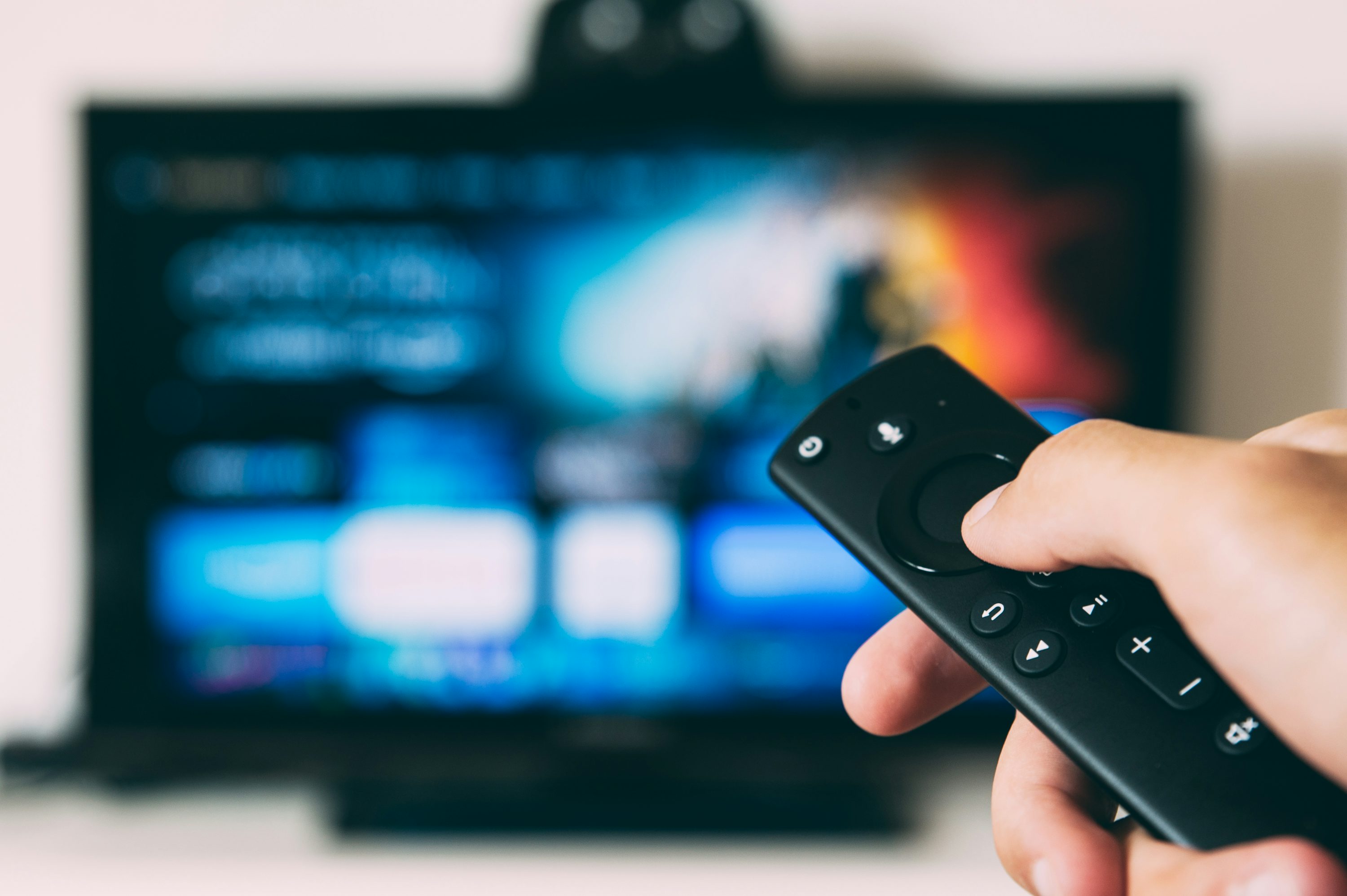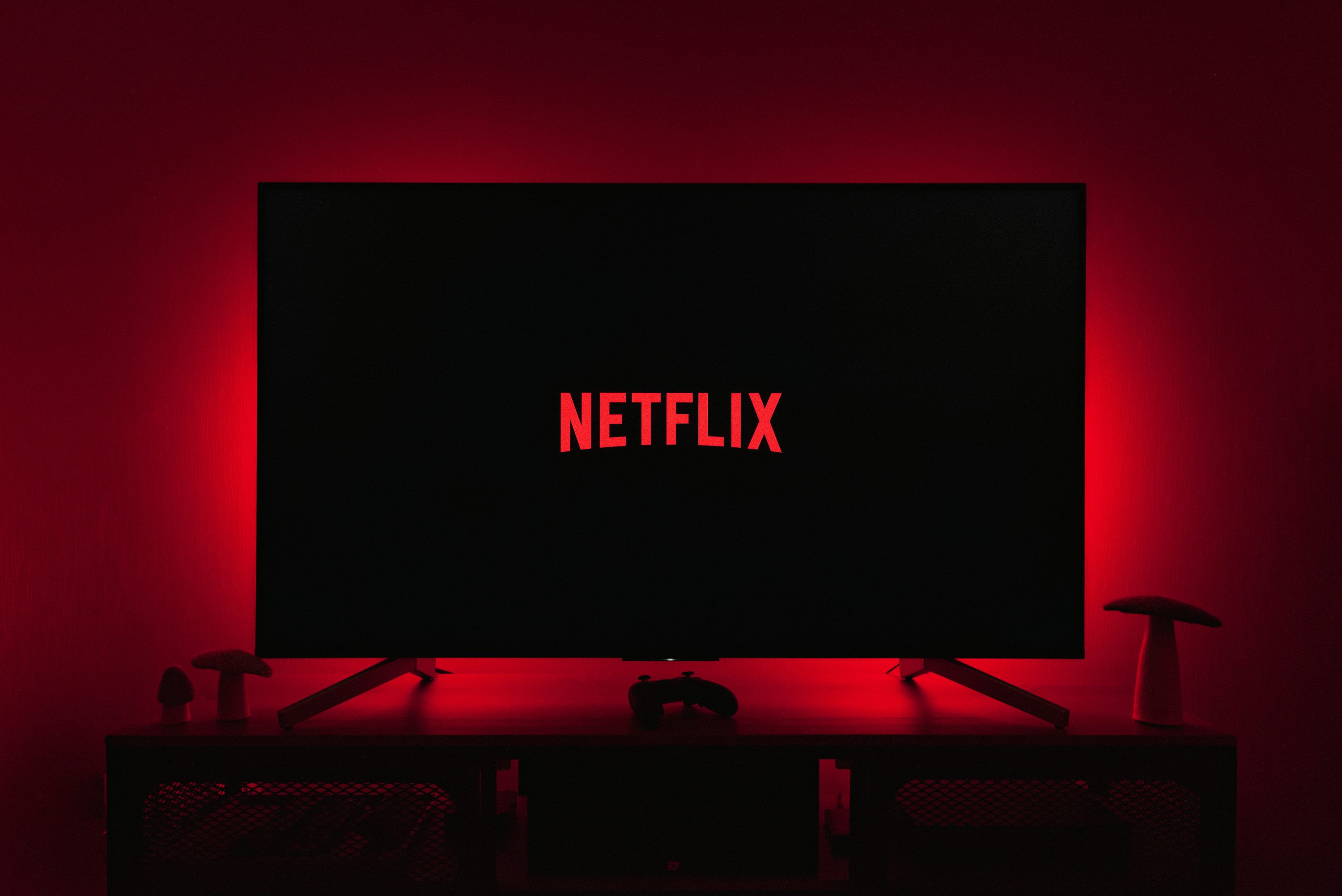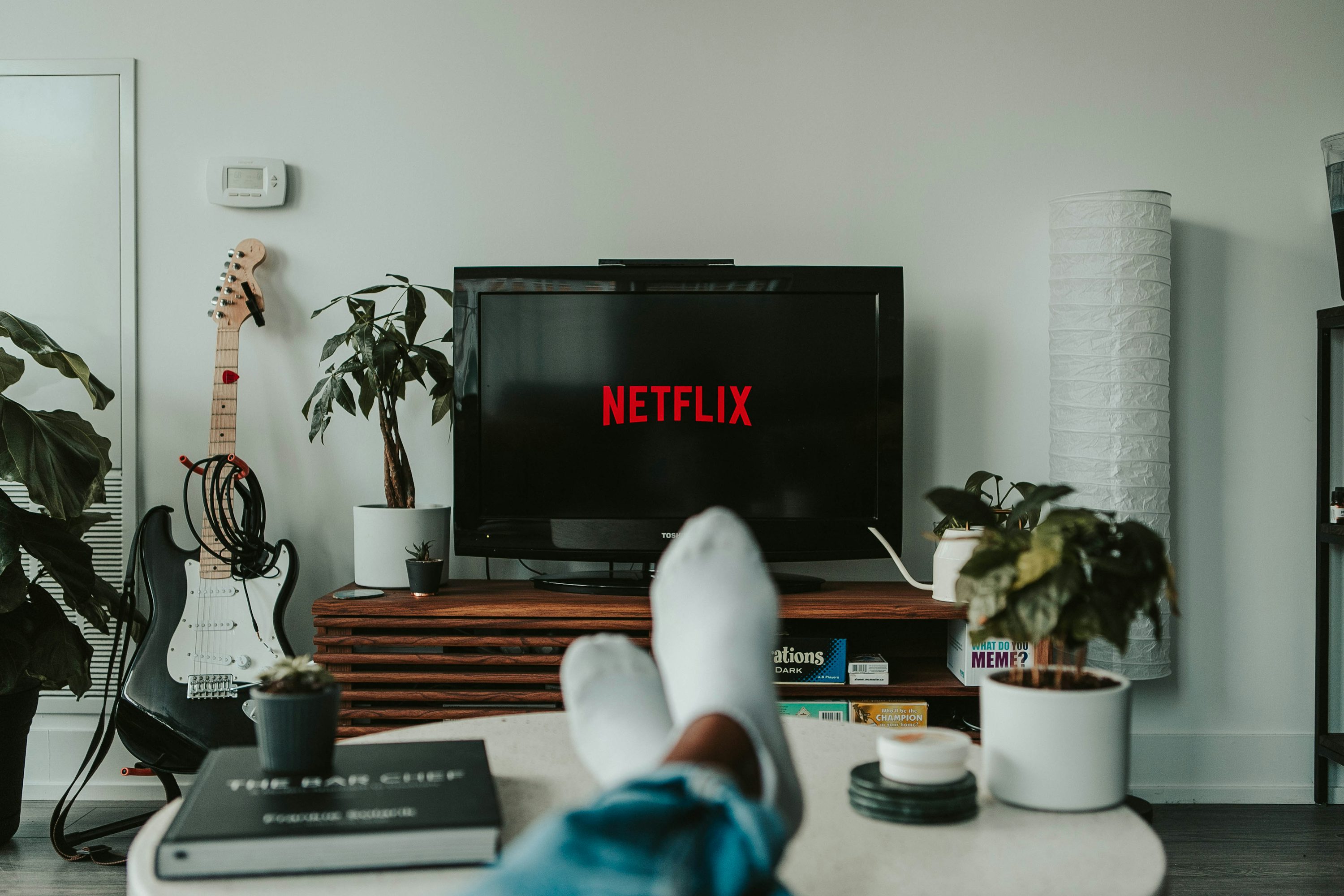
Understanding IPTV Multi Connection: Stream on Multiple Devices Simultaneously
Understanding IPTV Multi Connection: Stream on Multiple Devices Simultaneously
In today’s digital streaming landscape, the ability to watch content across multiple devices has become not just a luxury but an expectation. IPTV (Internet Protocol Television) services have evolved to meet this demand through multi-connection capabilities. But what exactly is an IPTV multi connection, and how can it transform your viewing experience?
Many households now have several TVs, smartphones, tablets, and computers—all potential screens for entertainment. An IPTV multi connection allows you to use a single subscription across multiple devices simultaneously, offering flexibility and value that traditional cable services simply can’t match.
Let’s dive deep into everything you need to know about IPTV multi connections, from how they work to maximizing their potential in your home or business.
What Is an IPTV Multi Connection and How Does It Work?
An IPTV multi connection refers to a subscription plan that allows you to stream content on multiple devices simultaneously using a single account. Unlike traditional single-connection services that limit viewing to one device at a time, multi-connection IPTV packages enable family members to watch different channels or content on separate devices concurrently.
But how does this technology actually work? IPTV services deliver television content over internet protocols rather than through traditional satellite or cable formats. When you subscribe to a multi-connection plan from providers like IPTV Rapid, you receive authentication credentials that can be used across multiple devices up to your connection limit.
Each connection operates independently, allowing different users to watch entirely different content. For example, someone could be watching sports in the living room while another family member streams movies in the bedroom, and a third person watches news on their tablet—all from the same subscription.
The technology behind multi connections involves:
- Server-side user authentication that tracks the number of active streams
- Load balancing to ensure stable performance across multiple simultaneous connections
- IP tracking to verify connection limits aren’t being exceeded
- Quality of service protocols that maintain streaming quality across all active devices
Most providers offer various tiers of multi-connection packages, typically ranging from 2 to 5 simultaneous connections, though some premium services may offer even more. The pricing structure usually scales with the number of connections, offering better value per connection as you move up in package size.
Benefits of Using IPTV Multi Connection Services
Opting for an IPTV multi connection subscription offers numerous advantages over traditional single-connection services or even conventional cable packages. These benefits extend beyond simple convenience, providing real value for households of all sizes.
The most obvious advantage is cost-effectiveness. Rather than purchasing separate subscriptions for each device or user in your household, a multi-connection plan allows everyone to share a single subscription. This typically results in significant savings—often 50-70% less than what multiple individual subscriptions would cost.
Family harmony is another major benefit that shouldn’t be underestimated. No more arguments about what to watch when different family members have different preferences. With multi connections, everyone can watch their preferred content simultaneously without compromise.
Additional benefits include:
- Flexibility to watch on different device types (smart TVs, phones, tablets, computers)
- Freedom to enjoy content in different locations within your home
- Ability to access your subscription while traveling (subject to provider policies)
- Option to share costs with family members for even greater savings
- Access to the same extensive channel list on all devices
For businesses like hotels, restaurants, or waiting areas, multi connections offer the ability to provide entertainment across multiple screens without needing separate subscriptions for each television. This can significantly reduce operational costs while maintaining quality entertainment options for customers.
The versatility of multi-connection services also means you’re not tied to a single type of viewing device. You can seamlessly switch between watching on your smart TV, computer monitor, tablet, or smartphone depending on your situation and preferences.
How to Choose the Right IPTV Multi Connection Package
Selecting the ideal IPTV multi connection package requires careful consideration of several factors to ensure you’re getting the right balance of features, performance, and value. With numerous providers offering varying connection limits and features, making an informed choice is essential.
Start by honestly assessing your household’s viewing habits. How many people will be watching simultaneously? What types of devices will they be using? Do viewing patterns change on weekends or holidays when more family members might be home? Answering these questions helps determine the minimum number of connections you’ll need.
Connection stability is perhaps even more important than the number of connections. A provider offering fewer but more stable connections may be preferable to one offering more connections that buffer frequently. Multi-device capability should be paired with robust server infrastructure to maintain quality.
When evaluating packages, consider these key factors:
- Number of simultaneous connections allowed
- Quality of streaming (HD, Full HD, 4K options)
- Channel selection and content library
- Compatibility with your preferred devices
- Server locations and proximity to your location
- Pricing structure and value per connection
- Contract terms and refund policies
It’s also worth investigating whether the provider offers flexible upgrading options. Your needs may change over time, so the ability to easily add connections without completely changing your package can be valuable. Some services allow temporary connection boosts for special occasions or when guests visit.
Don’t hesitate to take advantage of free trials when available. This hands-on experience provides the best insight into whether a service meets your specific needs. Pay attention to peak-time performance, as some providers maintain quality during off-peak hours but struggle when their servers are under heavier loads.
Setting Up Your IPTV Multi Connection on Different Devices
Setting up your IPTV multi connection across various devices is generally straightforward, though the specific steps vary depending on the device type and operating system. Most providers design their services to be user-friendly, but understanding the basics can help ensure a smooth setup experience.
For smart TVs, the process typically involves downloading the provider’s app from your TV’s app store or using a compatible third-party IPTV player. Samsung, LG, and Android TV systems usually have dedicated apps available. Once installed, you’ll enter your login credentials and begin streaming. Some older smart TVs might require additional hardware like a streaming stick to access IPTV services.
Mobile devices offer perhaps the simplest setup experience. Both iOS and Android users can download their provider’s app from the respective app stores or use recommended third-party applications. After installation, simply log in with your credentials, and you’re ready to stream on the go.
For computers and laptops, you have multiple options:
- Web-based players accessed through your browser
- Downloadable desktop applications provided by your service
- Third-party media players like VLC with your provider’s playlist URL
- Specialized IPTV player applications designed for PC or Mac
Streaming devices like Amazon Fire Stick, Roku, or Apple TV often require sideloading applications or using specific compatible apps. The exact method varies by device, but most providers offer detailed setup guides for popular streaming devices on their support pages.
For the best performance across all devices, ensure your internet connection meets the minimum requirements. While HD streaming typically requires at least 5-10 Mbps per device, having additional bandwidth provides a buffer against network fluctuations. If multiple devices will stream 4K content simultaneously, consider whether your internet plan provides sufficient speed and data allowance.
Common Issues with IPTV Multi Connections and How to Fix Them
Even the most reliable IPTV multi connection services occasionally encounter issues. Understanding common problems and their solutions can help you troubleshoot effectively and minimize disruptions to your viewing experience.
Connection limit errors occur when you attempt to stream on more devices than your subscription allows. This is often accompanied by messages like “Maximum connections reached” or “Too many devices.” The solution is straightforward: either upgrade to a package with more connections or ensure some devices are logged out before attempting to use new ones. Some users mistakenly leave sessions active on devices they’re no longer using, which counts against their connection limit.
Buffering issues are perhaps the most frustrating problem for IPTV users. When multiple devices stream simultaneously, they compete for your home network’s bandwidth. To resolve this, consider:
- Using wired ethernet connections for stationary devices instead of Wi-Fi
- Positioning your router centrally or using mesh Wi-Fi systems for better coverage
- Adjusting video quality settings during peak usage times
- Upgrading your internet plan if consistently experiencing bandwidth limitations
- Checking for other bandwidth-intensive activities on your network
Authentication failures typically manifest as login errors or expired session messages. These can often be resolved by:
- Verifying your username and password are correct
- Checking if your subscription is active and payments are up-to-date
- Clearing cache and cookies on the device
- Restarting the application or device
- Contacting customer support if the issue persists
Device compatibility issues may arise with certain combinations of hardware and software. If a particular device consistently has problems, check if your provider offers specific setup instructions for that device or recommends alternative applications. Sometimes, using a different player application can resolve compatibility issues without changing your subscription.
When all else fails, don’t hesitate to contact your provider’s customer support. Quality IPTV services typically offer responsive support channels that can address account-specific issues or provide guidance tailored to your situation.
Legal and Security Considerations for IPTV Multi Connections
When using IPTV multi connection services, understanding the legal landscape and implementing proper security measures is essential for protecting yourself and ensuring compliance with applicable laws.
The legality of IPTV services varies significantly by country and depends largely on whether the provider has proper licensing agreements for the content they distribute. Reputable IPTV services operate within legal frameworks by obtaining proper distribution rights. Before subscribing, research whether your chosen provider is authorized to distribute their content in your region.
Sharing your subscription beyond your household often violates terms of service and may have legal implications. While multi-connection packages are designed for use within a single household, some users attempt to share credentials with friends or family in different locations. This practice:
- Usually violates the provider’s terms of service
- May result in account termination without refund
- Could potentially expose you to legal liability
- Often triggers security measures like IP tracking
To protect your personal and financial information when using IPTV services, implement these security best practices:
- Use strong, unique passwords for your IPTV account
- Enable two-factor authentication if available
- Pay with secure methods that offer fraud protection
- Regularly check for unauthorized access to your account
- Use reputable VPN services if additional privacy is desired
Many legitimate IPTV providers implement encryption and secure streaming protocols to protect content and user data. When evaluating services, look for those that prioritize security through encrypted connections, secure payment processing, and transparent privacy policies.
Remember that while VPNs can enhance privacy, they shouldn’t be used primarily to circumvent geographical restrictions or terms of service. The best approach is to choose a reputable provider with proper licensing for your region and use their service as intended.
Maximizing Value from Your IPTV Multi Connection Subscription
Getting the most from your IPTV multi connection subscription involves more than just basic setup. With some strategic approaches and optimization techniques, you can enhance your viewing experience and ensure you’re leveraging all available features.
Create personalized profiles for different household members when your provider supports this feature. Individual profiles allow for customized watchlists, viewing history, and recommendations, making content discovery easier for each user. This organization helps everyone quickly find their preferred content without scrolling through irrelevant suggestions.
Explore all available applications and interfaces for different devices. Many providers offer various ways to access their content, and you might find that certain apps provide better experiences on specific devices. For example, the provider’s mobile app might offer download capabilities for offline viewing, while their smart TV app might excel at displaying program guides.
To optimize your viewing experience across devices:
- Set up favorites lists on each device for quick access to preferred channels
- Configure quality settings appropriate for each device’s screen size and your network capabilities
- Utilize catch-up and recording features to watch content on your schedule
- Explore electronic program guides (EPG) to discover new content
- Take advantage of multi-screen viewing for sports or news when available
Consider creating viewing schedules for households with limited connections. While spontaneous viewing is ideal, some coordination during peak family viewing times can prevent connection limit frustrations. This is particularly relevant for households where the number of potential viewers exceeds the connection limit.
Stay informed about your provider’s offerings by regularly checking their blog or updates section. Services frequently add new channels, features, or special events that you might otherwise miss. Some providers also offer temporary connection boosts during major sporting events or holidays, which can be valuable for households that occasionally need additional streams.
Future Trends in IPTV Multi Connection Technology
The landscape of IPTV multi connection services continues to evolve rapidly, with several emerging trends poised to reshape how we consume content across multiple devices. Understanding these developments can help you make forward-looking decisions about your entertainment setup.
Artificial intelligence and machine learning are increasingly being integrated into IPTV platforms to enhance the multi-device experience. These technologies enable smarter content recommendations across devices, seamless viewing transitions when switching between screens, and predictive buffering that pre-loads content based on your viewing habits. In the near future, your IPTV service might anticipate which device you’re likely to use at different times of day and optimize accordingly.
Cross-device synchronization is becoming more sophisticated, allowing for truly unified viewing experiences. Emerging features include:
- Pause on one device and continue watching from the same point on another
- Synchronized group watching across different locations
- Multi-angle viewing of sports events across several devices
- Second-screen experiences that complement main screen content
- Household content dashboards showing what’s being watched on all devices
The integration of IPTV with smart home ecosystems represents another frontier. Voice control through assistants like Alexa, Google Assistant, or Siri is just the beginning. Future systems might automatically adjust lighting when streaming begins, pause content when doorbell cameras detect visitors, or suggest content based on who’s present in the room.
Bandwidth optimization technologies continue to advance, allowing for higher quality streams with lower data requirements. This will be particularly important as 4K and eventually 8K content becomes standard across multiple devices. Adaptive bitrate technologies are becoming more responsive to network conditions, ensuring stable viewing even during peak usage times.
While these advancements promise exciting possibilities, they also highlight the importance of choosing providers that invest in technological development. Services like IPTV Rapid that regularly update their platforms and embrace emerging standards are more likely to deliver cutting-edge features as they become available.
As multi-connection IPTV continues to evolve, the line between traditional television and internet streaming will blur further, creating more intuitive, personalized, and flexible viewing experiences across all your devices.








